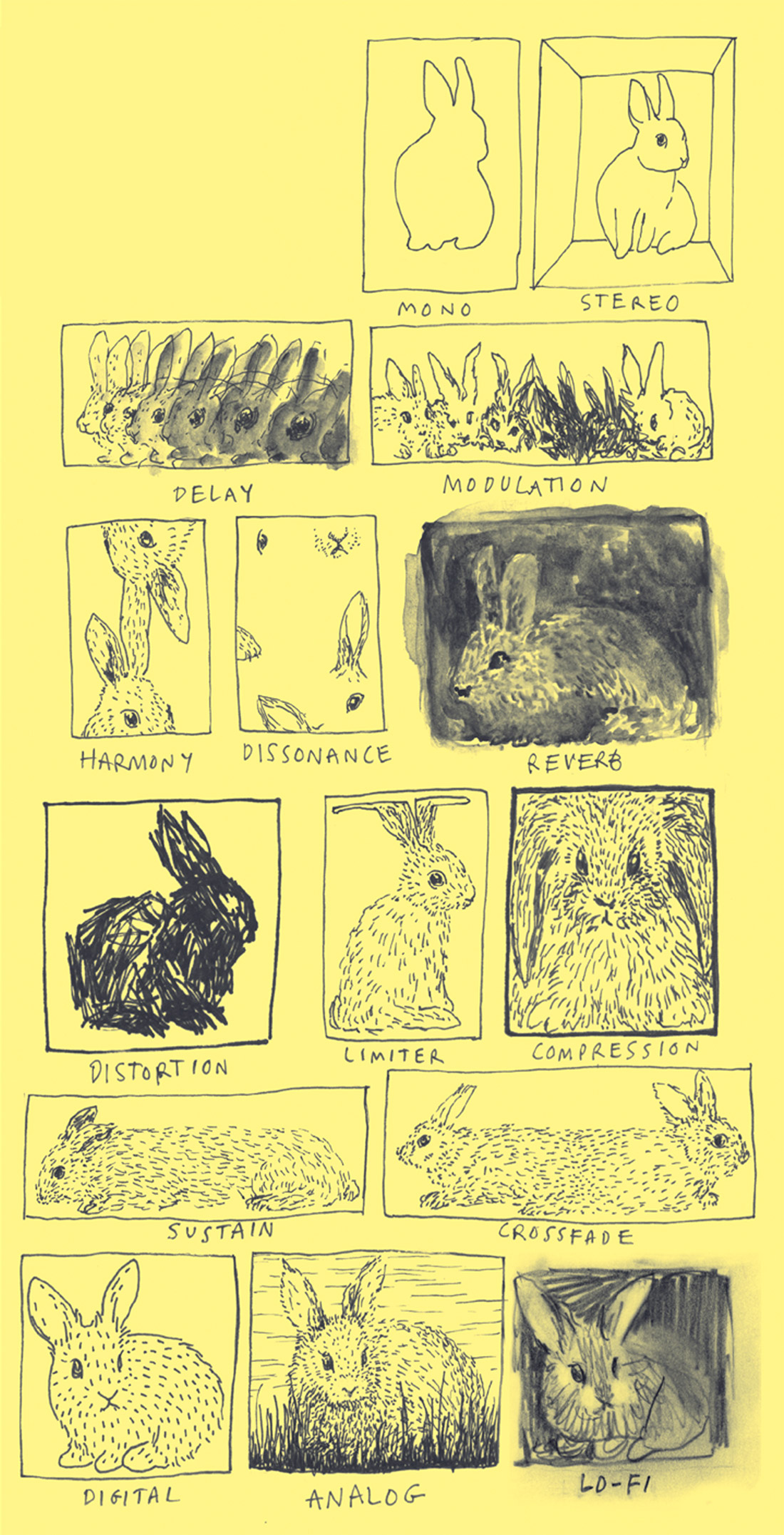The reason most mixers use speakers like the Yamaha NS-10M and Auratone — or small radios, cheap computer speakers, and other assorted “crappy sounding” things — is that these speakers highlight the midrange content of our mixes where the most essential sonic content exists. This focus helps in balancing critical elements, especially vocals, and in assessing how our mixes will sound on the less-than-ideal systems of the ever-devolving world of consumer audio. The most common speaker pairing in recording studios is a larger set of full-range monitors and a smaller set of midrange-focused speakers. I’m not sure this is globally accepted parlance, but I usually hear the smaller speakers referred to as “the little guys.”
For the past five years, my little guys have been Avantone Active MixCubes (first version). For those who don’t know, the MixCube is an improved refresh of the Auratone 5C, a passive speaker with a single 5’’ driver that found its way into most major studios around the world during the 1970s and stayed there. The Auratone 5C has not been manufactured for quite a while, so when Avantone released the original Passive MixCube (Tape Op #55) they immediately had a hit on their hands.
Avantone was incorporated in 2003 by Ken and Sue Avant. During the first couple years, the team was extensively involved with research and development, culminating with the release of their first four products, including the Passive MixCube. The Passive MixCube quickly became a worldwide hit and brought a lot of attention to the fledgling new company, as Glen Heffner was being hired as the VP of Global Sales & Marketing. As some of you experienced directly, “Sold Out” was a common problem for Avantone for a long time, and the Active MixCube was no exception when it was introduced several years later. In 2010, company president Sue Avant stepped down, and the name was briefly changed to Avantone Audio. In June 2011, the company officially became Avantone Pro under the helm of Glen Heffner, with its headquarters relocated to New York. Since then, Avantone has managed to maintain significant levels of inventory for both US and international markets. The long-requested black-finished MixCube was introduced, both in Active and Passive models.
Somewhere along the way, the Active MixCubes underwent a major redesign. I recently upgraded from my original Active MixCubes to a pair of the redesigned black Active MixCubes, and I couldn’t be happier with the changes to the design. The finish is a lovely glossy lacquer, and I like that the speakers just disappear on the console bridge. But the real changes to the Active MixCubes are, of course, not visual.
The amp is a complete overhaul from the first version and is now twice as powerful at 60 watts RMS, with frequency response and distortion specs that would satisfy any audiophile. There is also now an external, detented pot for input gain into the amps (with a Telecaster-type chrome knurled knob on it). This was previously a recessed pot that required one to get behind the speaker to make adjustments with a screwdriver. Now I can easily reach behind and click the pot to level match. This is really helpful when bringing the MixCubes to other studios.
Perhaps the most significant design change is that the cabinet no longer has the extra depth front-to-back and now matches the dimensions of the Passive MixCubes, which in turn more closely match the cabinets of the original Auratone 5C. While achieving this, Avantone removed the amplifier from the resonant chamber of the speaker cabinet. In making this change, Avantone addressed one of the most common complaints about powered speakers; amplifier components don’t make an ideal internal cabinet shape. This redesign is a significant improvement on a lot of levels.
Between the amp and the cabinet improvements, I can hear an enormous difference in the sound of the new MixCube compared to my original model. After breaking my pair in, the first thing I noticed was improved clarity and focus. Midrange elements, especially vocals, were even more exposed on the new model, forcing me to pay extra attention to that critical area of the frequency spectrum. I also noticed that the low end was much tighter and focused, up toward the lower mids, which is exactly what I want from my little guys. In comparison, the older version was a little bit flubby and less articulate. All said, the new MixCubes just sound way better, and they play their role alongside my full-range speakers far better than the old version.
John Baccigaluppi once related a great story about turning the music way, way down on the little guys and then imagining a tiny version of the band standing on the console bridge playing at that volume. It’s an immensely funny image to me, but it’s an incredibly helpful mental trick that I’ve been sharing with everyone. With the new Active MixCubes, I really can hear that tiny little band in all their tiny little detail far better than I could on the original version. The new Active MixCubes are just better at their intended purpose of focusing in on the articulation of the mids.
I’m very happy to see the Active MixCube take on new life under the auspices of Avantone Pro here in NYC, and I’m sure that anyone interested in a pair will be relieved to know they’re now way more likely to be in stock! (Gloss black $479 street, cream $469; www.avantonepro.com)
–Allen Farmelo, www.farmelorecording.com
Monitoring | No. 134
Livemix Personal Monitor System
by Eli Crews
I reviewed the Aviom A320 & A360 Personal Mixer system [Tape Op #108] (quite glowingly) on these pages four years back, have been happily using that system ever since, and have been recommending...




_disp_horizontal_bw.jpg)